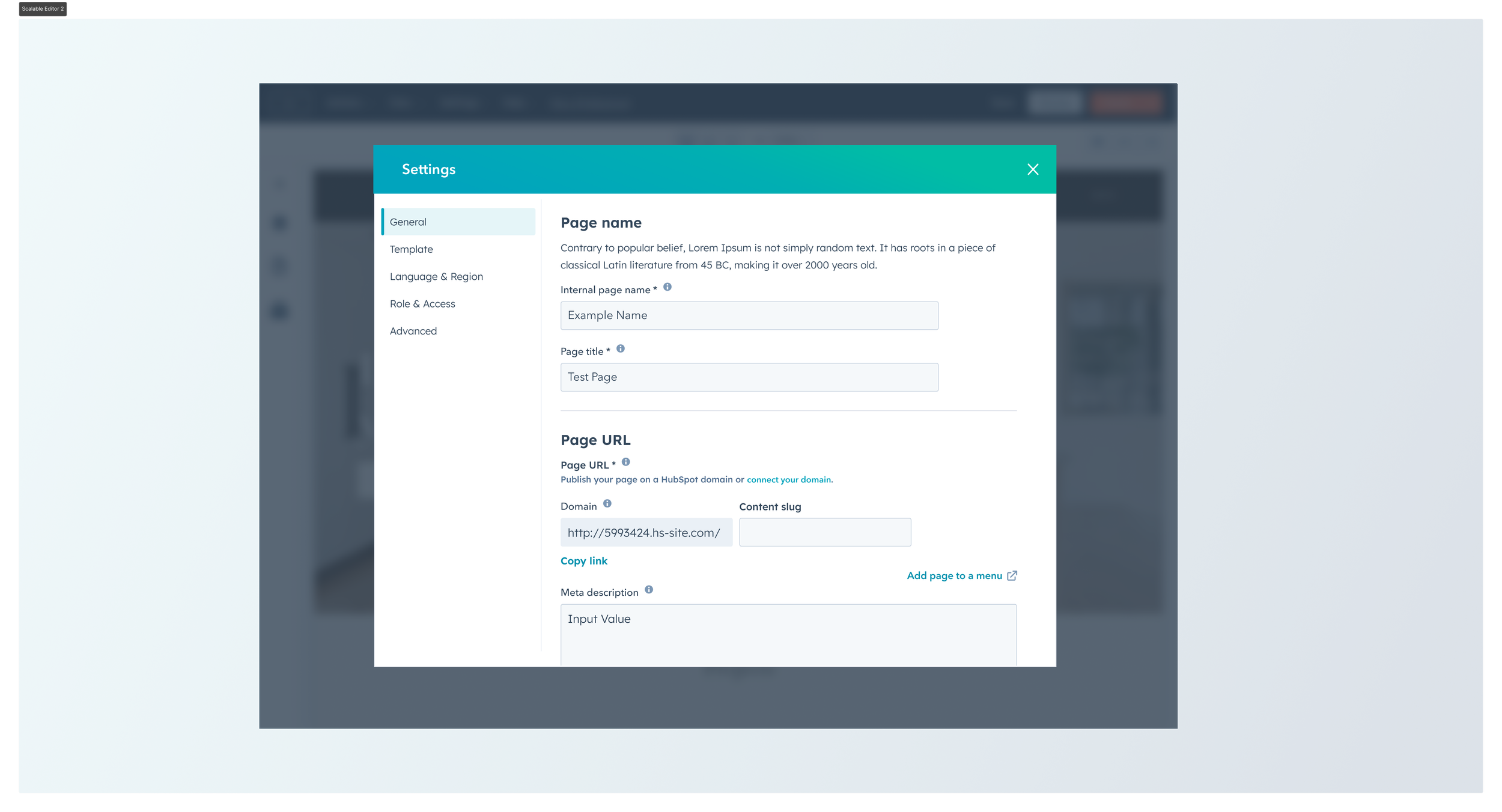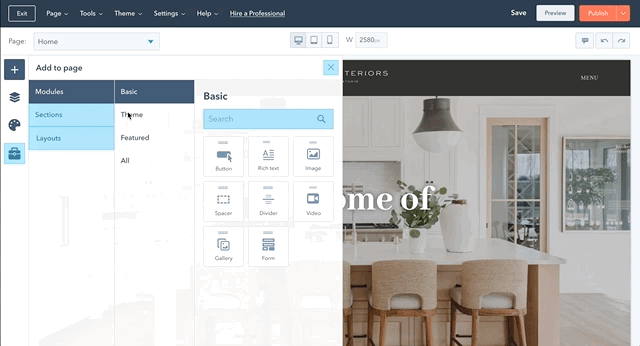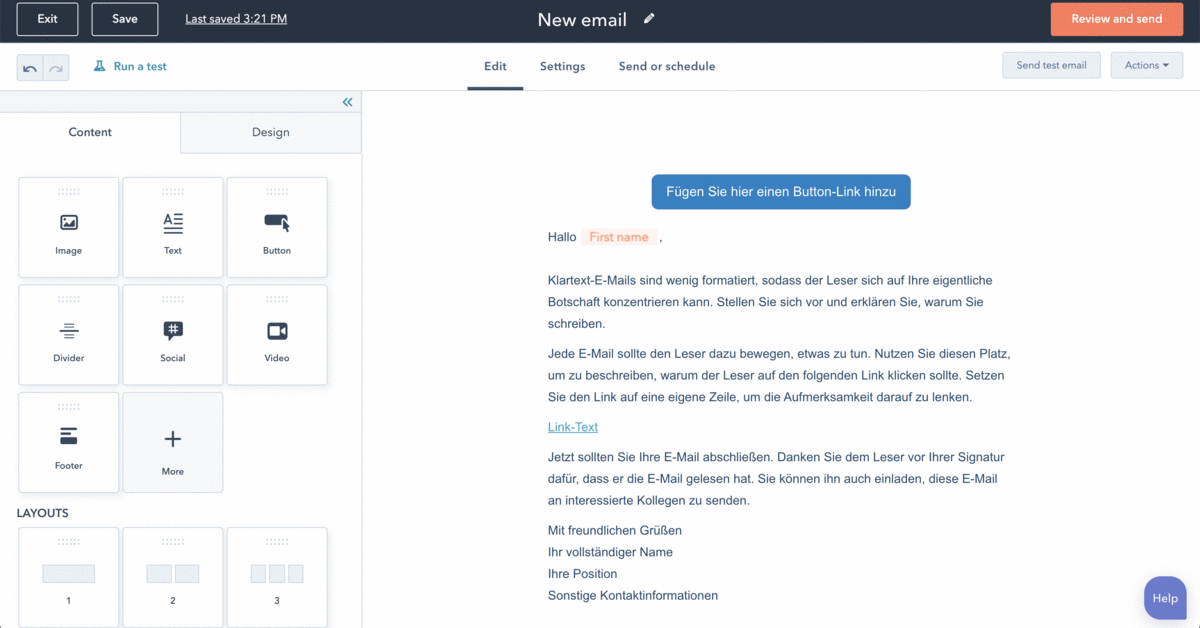Scalable Editor Platform: Unifying How HubSpot Builds and Experiences Content Creation
Cut build time by 66% and saved $10M+ annually by standardizing HubSpot’s editing foundation across the company.
I led the vision, strategy, and design execution for HubSpot’s Scalable Editor Platform, a shared infrastructure that powers all content editors across the company. By unifying the architecture, interaction patterns, and visual language, we enabled teams to launch new editors in weeks instead of months, while delivering a consistent, high-quality experience for customers.
Role
Lead Product Designer
Timeline
~1 year
Team
Product, Engineering lead, UXR, Product analyst
Before and After
The Situation
HubSpot had evolved into a collection of disconnected editors (Website, Blog, Email, Knowledge Base, Landing Pages, and more) each built independently.
For customers, it felt like switching between different products. For internal teams, it meant rebuilding the same features (drag-and-drop, undo, mobile editing) from scratch, often multiple times a year.
With at least five new editors planned for 2024–2025, this duplication was unsustainable, costing internal teams months of work and furthe fracturing the customer experience.
What I discovered
Through Amplitude data, customer feedback, and cross-team analysis, we found:
Customers needed familiarity: Editing a page, blog, or email shouldn’t feel like learning a new tool.
Inconsistency had a measurable cost: Support tickets related to editors averaged 10,000 per month.
Platform debt was ballooning: Each new editor was a nine-month build cycle (and none shared reusable components)
This was more than a UX problem; it was a strategic platform crisis affecting velocity, quality, and scalability.
Strategy & Execution
As the Lead Designer, I defined the UX strategy for the Scalable Editor alongside PM, Eng, and UXR leads.
1. Build the business case
→ Partnered with Product Analyst to quantify inefficiencies, showing leadership that duplicated feature builds were costing $10M+ per year.
2. Define the north star experience
→ Ran customer interviews and mapped the critical editing patterns to unify.
→ Created a new shared IA and component model that balanced flexibility for teams with consistency for users.
3. Drive cross-org alignment
→ Presented the Scalable Editor vision across design and engineering groups, aligning multiple product lines under a single interaction model.
→ Established a shared design system and internal wiki to document adoption, best practices, and roadmap.
4. Validate and scale
→ Prototyped the new experience, ran unmoderated usability tests, and launched a private beta with 20 customers.
→ Partnered with early adopter teams to validate extensibility before full rollout.
Customer interviews to understand common frustrations and editing patterns
Collaborated with Product Analyst to understand how the editor was being used and when
Results
Since launching the Scalable editor, there have been 3 new editors launched in less than 3 months, something that couldn’t have been possible with the groundwork that our team put together.
There are now 7 Editors using Scalable Editor and we expect to have 100% of editors on Scalable Editor by the end of 2025.
Key Learnings
Influence through alignment, not authority: Securing buy-in required showing teams why unification mattered, tying it to velocity, support costs, and customer satisfaction.
Ownership builds momentum: Early on, the project had few champions. Consistently driving the vision, sharing wins, and demonstrating impact turned it into an org-wide priority.
Design for scale, not perfection: Platform design means creating patterns that others can extend safely. It’s less about pixel control and more about building flexible systems teams can trust.
Communicate the system, not just the screens:The wiki, prototypes, and adoption playbooks were as critical as the Figma files; they made the work discoverable, teachable, and sustainable.







